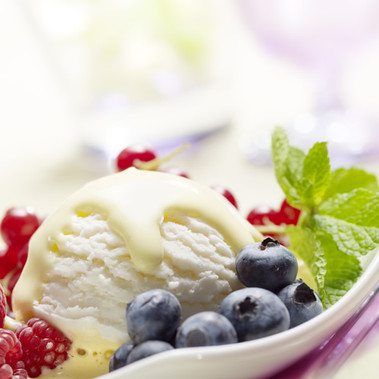Black Currant Seed Oil
Extracted from the seed of the Black Currant bush, our Black Currant Seed Oil is a natural source of gamma-linolenic acid (GLA). It contains high amounts of vitamins and nutrients often used to reduce inflammation, acne, scarring, and dryness. Black Currant Seed Oil is said to be beneficial for the healthy growth of hair, skin, and nails as well.
Black Currant Seed Oil Specs
Country of Origin: China
Source: Black Currant Seed
Form: Liquid
Color: Yellow Liquid
Natural: Yes
Extraction Method: Expeller Pressed
Refinement Status: Unrefined
Organic Certified: No
Flammability / Combustibility Warning
Clothes stained with this oil or other ingredients purchased on this site may be flammable and washing may not remove all residues. The CPSC recommends washing clothing, rags or other material saturated with any substance found on this site more than once and then hanging to dry to avoid spontaneous combustion in a dryer.
Bulk Apothecary is not responsible for fires caused by use of our products!
Disclaimer
The information provided is general and should not be taken as medical advice. Neither Bulk Apothecary or associated business entities guarantee the accuracy of the information. Please consult your doctor, especially if being used during pregnancy, before using our Sweet Almond Oil. You are also encouraged to test the product to ensure that it meets your needs, before using it for mass production.
We are a cosmetic grade facility. This is not a food grade product.
2 Reviews
-
Easy absorbtion, very soothing
I use 5% in my facial oils and I find it to be highly anti-inflammatory. Absorbs in seconds and leaves no oily feeling.
-
A great oil
I used it to help a friend with acne, does wonders for the skin, mixed with a little
Fractionated coconut oil, clary sage,lemon,and helichrysum, it soaks right in and in less than a month has produced noticeable changes..an 80% reduction in
Visible acne, now I'm using yarrow occasionally to help with the scarring









